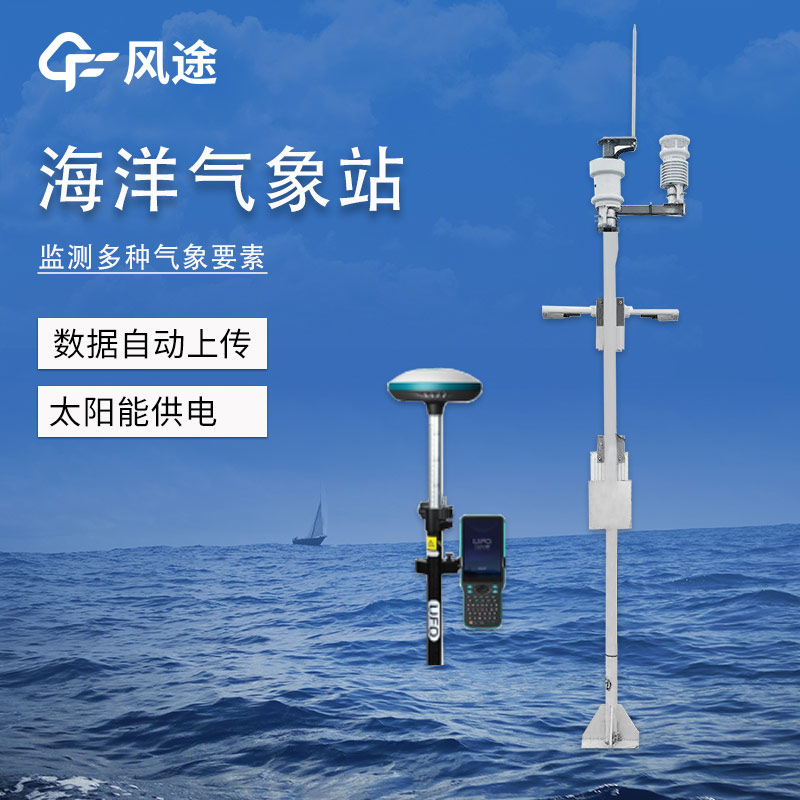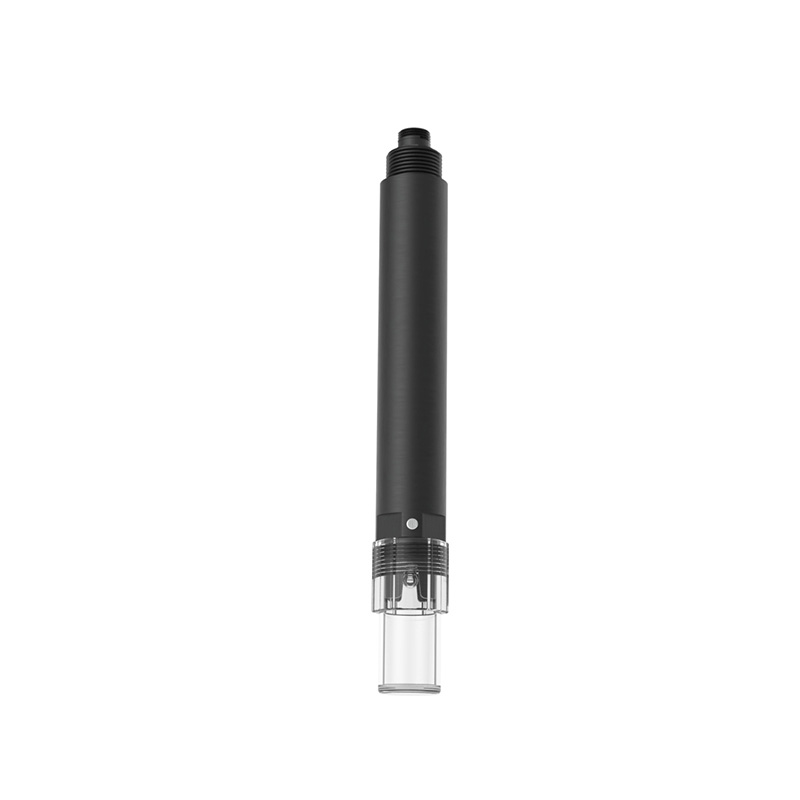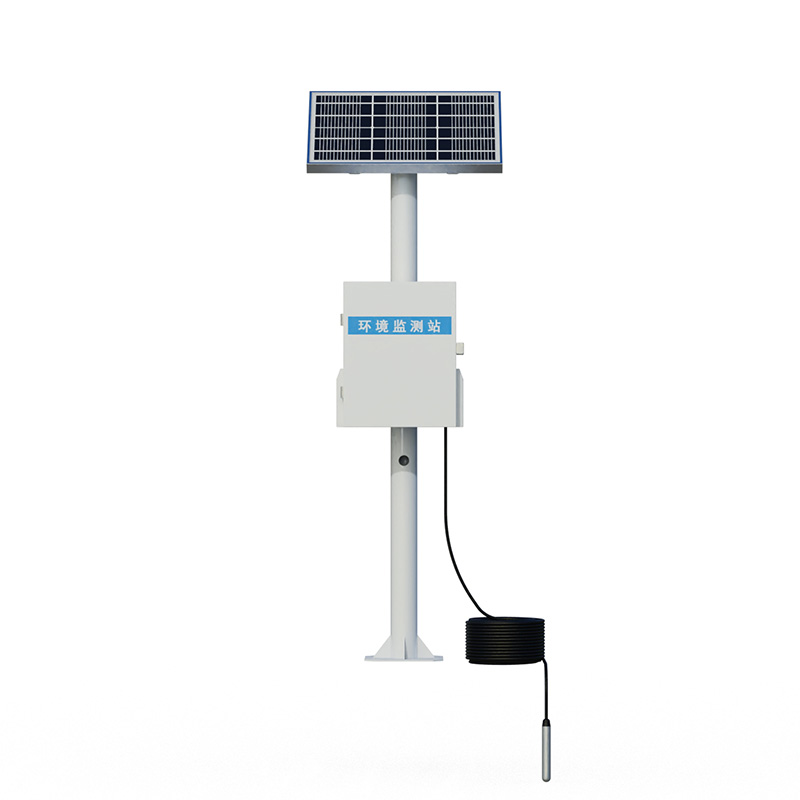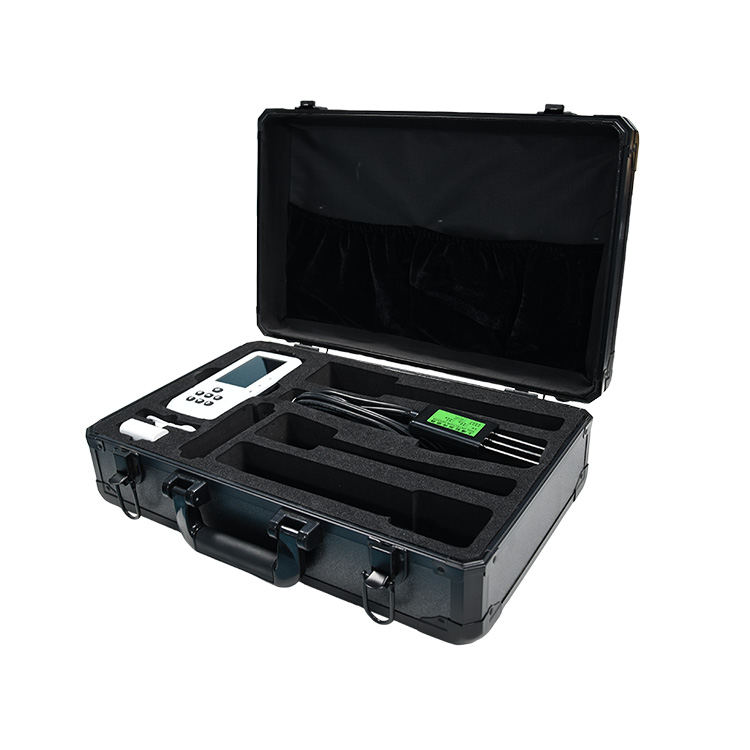The oceans are of strategic importance in promoting the construction of seaports and expanding openness. Strengthening marine monitoring infrastructure and service capacity is crucial to the sustainable use of natural resources and disaster prevention and mitigation. The establishment of a comprehensive marine monitoring network will significantly enhance the capacity for integrated management of the oceans, ensure the safety of people's lives and property, promote the sustainable and healthy development of the economy, and provide a solid foundation for the construction of trade ports and ecological civilisation.
Constructing an ocean monitoring network that focuses on land-based monitoring and is supplemented by coastal monitoring. This network includes monitoring facilities such as marine observatories, marine environment land stations, warning tide markers, X-band radar wave observers and K-band tide gauges. The establishment of these facilities will provide important data support and decision-making basis for the development of the marine economy, the construction of marine ecological civilisation and the prevention and mitigation of marine disasters.
Marine meteorological monitoring system, as an important branch of meteorological stations, focuses on collecting and analysing meteorological data in marine areas. It applies a variety of meteorological sensors in a structural and systematic integration through the comprehensive use of collection and control technology, computer software technology, communication technology, and so on. Such a system is capable of continuously collecting marine meteorological information and monitoring key meteorological parameters in real time, including but not limited to visibility, wind speed, wind direction, temperature, humidity, barometric pressure, rainfall and light intensity. These data are aggregated through a remote transmission system and sent to transport and marine-related authorities in a timely manner to provide raw information for meteorological services to ensure marine safety and facilitate people's activities at sea.
The sensors used in the marine weather station include visibility detectors, miniature weather stations integrated with measurement functions for temperature and humidity, wind speed and direction, rainfall and light intensity, and the Beidou positioning system. It also includes components such as data collectors, support structures, power supply and communication control boxes.

This paper addresses:https://fengtusz.com/industry/272.html









